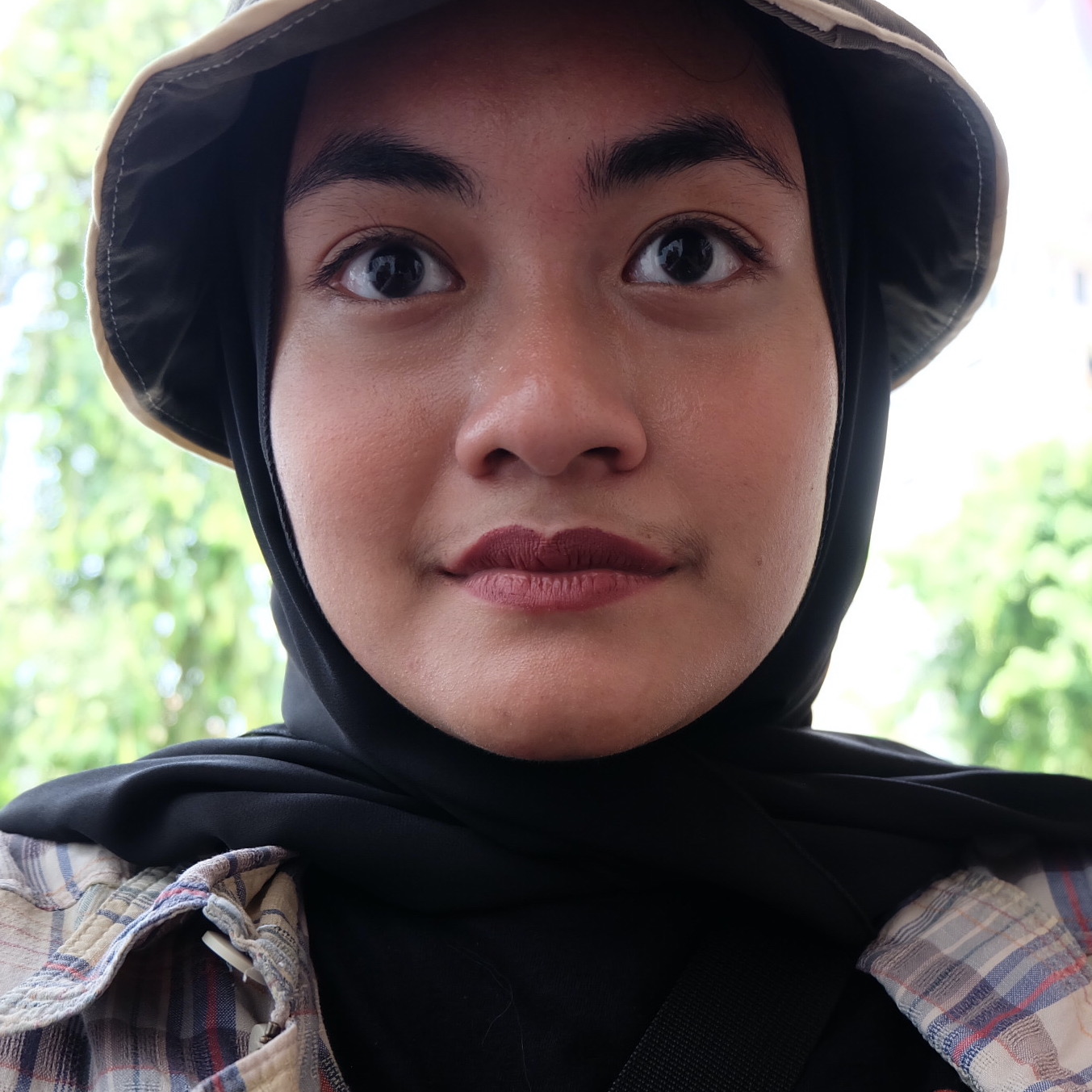SDG #5: Gender Equality
The term “gender equality” has been sounded off countless times through various platforms everywhere, and people are most likely familiar with those words by now. But what exactly is gender equality? And why is it so important?
One of the early challengers of gender equality was Italian poet Christine de Pizan, who in her 1405 book, The Book of the City of Ladies, stated that the derogation of women is founded on irrational prejudice, also pointing out women’s many crucial contributions to civilization. Sir Thomas More, who pushed for women’s education in his 1516 book Utopia, and Marquis de Condorcet, who caused a stir by claiming that women should have the same political rights as men, were two additional early proponents of gender equality. In the eighteenth century, the most well-known campaigner for gender equality was British philosopher Mary Wollstonecraft (1759-1797), who in her short life produced many works advocating fiercely against women’s subordination, including A Vindication of the Rights of Women (1792), which became a classic feminist text.
What is gender equality? Why is it important?
According to a document by the United Nations Children’s Fund (UNICEF), gender equality “means that women and men, and girls and boys, enjoy the same rights, resources, opportunities and protections. It does not require that girls and boys, or women and men, be the same, or that they be treated exactly alike.”
Gender equality is important because it is a fundamental human right. Half of the world’s population is made up of women and girls, who represent half of the world’s power. Gender equality is also necessary for peaceful civilizations to fulfill their full human potential and sustainable development.
On a universal scale, achieving gender equality demands the eradication of destructive practices against women and girls, such as sex trafficking, femicide, wartime sexual violence, the gender wage gap, and other oppressive techniques. However, the United Nations Population Fund (UNFPA) claims that “despite many international agreements affirming their human rights, women are still much more likely than men to be poor and illiterate. They have less access to property ownership, credit, training and employment.” According to Martha Fineman, this is due to outdated stereotypes of women as child-bearers and homemakers rather than family breadwinners.
Gender gap in numbers
According to the annual Global Gender Gap Report published by the World Economic Forum, closing the worldwide gender gap has grown by a generation, from 99.5 to 135.6 years, as the impact of the COVID-19 pandemic continues to be felt.
Measuring the gender gap through four dimensions, namely (1) Economic Participation and Opportunity, (2) Educational Attainment, (3) Health and Survival, and (4) Political Empowerment, the gender divide in Political Empowerment is reported to be the largest, with the gap being only 22% closed and having expanded by 2.4 percentage points since the report’s 2020 edition. Only 26.1 percent of the 35,500 parliament seats and 22.6 percent of ministers in the 156 nations covered by the index are held by women. Additionally, as of January 15, 2021, there has never been a woman head of state in 81 countries.
In the Global Gender Gap Report, Iceland is ranked number 1, being the most gender-equal country for the 12th time, while Afghanistan is ranked the lowest at number 156.
Indonesia sits on number 101 overall, ranking in number 99 in the dimension of Economic Participation and Opportunity, number 107 in terms of Educational Attainment, number 76 in Health and Survival, and 92 in Political Empowerment.
Achieving gender equality
The importance of gender equality is reflected in how gender equality has been included as one of the objectives of the United Nations Universal Declaration of Human Rights since December 1948 and how it also became one of the United Nations’ Sustainable Development Goals or SDGs, namely SDG #5. SDG 5: Gender Equality in particular aims to “Achieve gender equality and empower all women and girls”.
According to the same report on gender gap by the World Economic Forum, gender gaps in the Educational Attainment and the Health and Survival dimensions are nearly closed. In Educational Attainment, 95% of this gender gap has been closed globally, with 37 countries already at parity. In Health and Survival, 96% of this gender gap has been closed, registering a marginal decline since last year (not due to COVID-19), and the time to close this gap remains undefined.
What can be done?
As businesses and societies prepare for a post-pandemic world, it’s critical that recovery is gender-equal and beneficial to all stakeholders.
As students and part of the younger generation, we must see gender equality as a must, because we are responsible for our own future. Through gender equality, a future filled with potential and contributions from all genders can be fulfilled.
Spread awareness, educate others on the importance of gender equality, and incorporate even the smallest steps to promote gender equality anywhere possible.
References
- Eisler, R. T. (2007). The Real Wealth of Nations: Creating a Caring Economics. Berrett-Koehler Publishers, Incorporated.
- Fineman, M. A. (2000). Cracking the Foundational Myths: Independence, Autonomy, and Self-Sufficiency. The American University Journal of Gender, Social Policy & the Law, 8(1), 13-29.
- Meriküll, J., & Mõtsmees, P. (2017). Do you get what you ask? The gender gap in desired and realised wages. International Journal of Manpower, 28(6). https://doi.org/10.1108/IJM-11-2015-0197
- United Nations. (1948). Universal Declaration of Human Rights. United Nations. https://wwda.org.au/wp-content/uploads/2013/12/undechr1.pdf
- World Economic Forum. (2021, March). Global Gender Gap Report. World Economic Forum. https://www.weforum.org/reports/ab6795a1-960c-42b2-b3d5-587eccda6023



